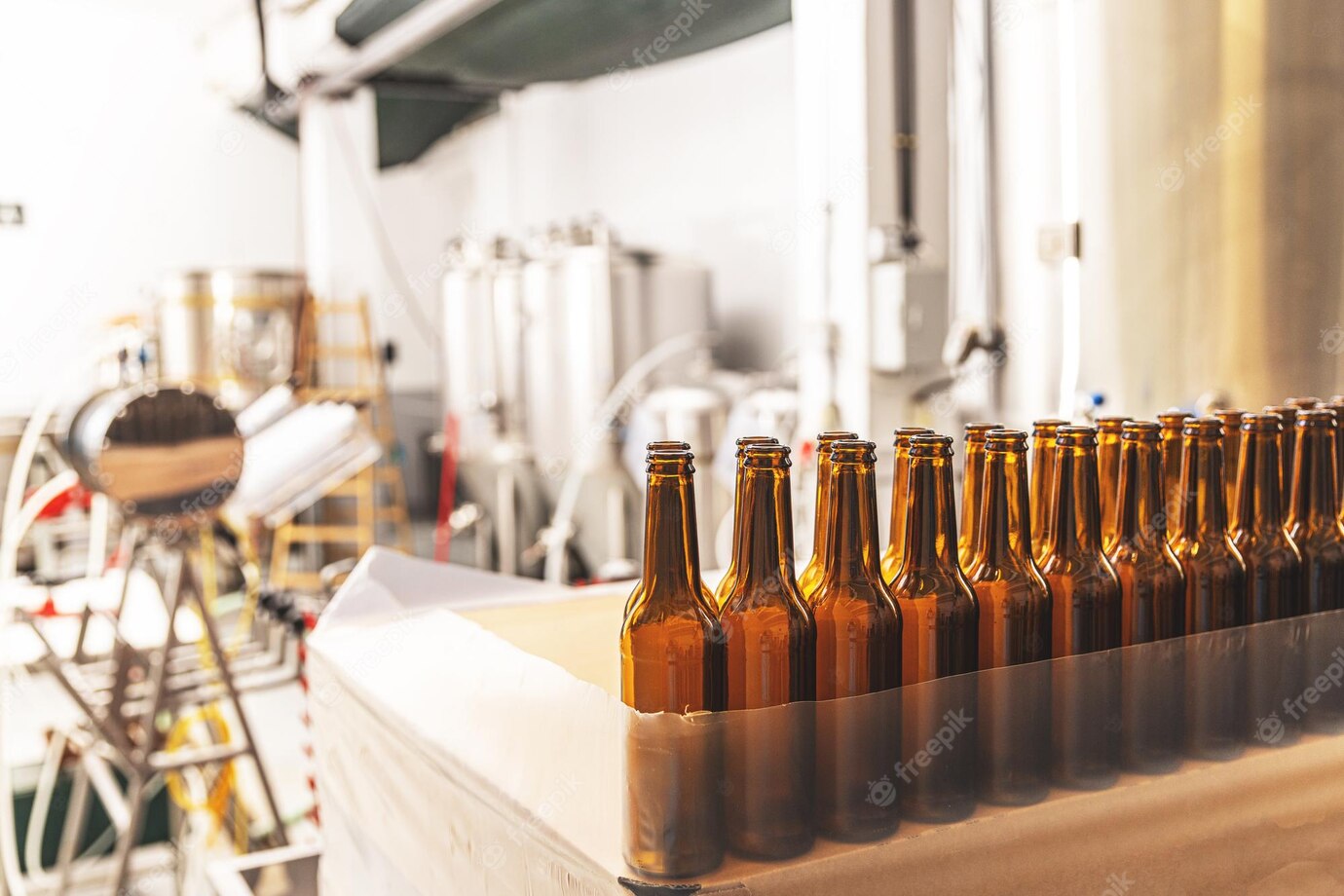Dive into the World of Hops: Discover the Secrets of Using Different Varieties to Enhance Bitterness and Aroma!
This article will explore the differences between bittering hops and aroma hops and how they can be used together to create a flavorful experience. Hops are the key ingredient for many of today’s craft beers and are responsible for the flavor profiles of various styles. We will discuss the unique characteristics of each type of hop, how to use them, and how to combine them successfully to produce a balanced and nuanced beer. Finally, we will examine the different equations used to determine hop levels and identify the ideal combinations for each style of beer.
Using Different Hops for Bitterness and Aroma
When brewing beer, hops are a key ingredient to create the desired bitterness and aroma. Hops are the female flower cone from the hop plant, a tall, vining, woody perennial. Depending on the time they are added during the brewing process, the type of hop used and its origin, the beer will have its own unique flavor properties. As a result there are numerous species and varieties of hops found all over the world, and each one will offer a different flavor profile. Additionally, hops may also be dried and incorporated directly into the beer, yielding a stronger aroma and flavor.
The flavors of hops can range from herbal, grassy and earthy, to citrusy and tropical. Different hop varieties and origins hold their own characteristics and styles, and depending on their use can contribute a specific flavor profile to your beer. The flavor of hops is also strongly influenced by their alpha acid content and oil content. Alpha acids are essential to creating that sought after bitterness, while the essential oils are responsible for the contributing aroma. Here, we will look at some of the most common hops and how you can use them to create the desired flavors and aroma in your beer.
Bittering Hops
When it comes to hops for adding bitterness, there is so much more to it than simply trying one over another. Hops chosen for bittering add their flavor in the kettle and are boiled for long periods; the long boiling time extracts the alpha acids, which contribute the desired bitterness. The most common bittering hops include the English origin varieties of Nugget, Target and Northdown, and American origin varieties such as Warrior, Columbus and Chinook.
Aroma Hops
When considering the use of hops for aroma, the opposite is true in that those used for bittering should be avoided. Unlike those used for adding bitterness, aroma hops are added late in the brewing process and are boiled for only a short period of time to avoid extracting the unwanted flavors and aromas. Typical aroma hops include the English origin varieties of Fuggles, Goldings and East Kent Goldings and the American origins of Willamette, Cascade and Amarillo.
Dry Hopping
Dry hopping is most often employed when brewers are after an intense hop aroma. Dry hopping involves the addition of hops to the beer after the brewing process is finished. This method of hop addition yields a much more intense and long-lasting hop aroma, and it is a popular technique amongst homebrewers and craft brewers. Commonly used hops for dry hopping include Citra and Galaxy for their strong citrus and tropical fruit flavors, as well as Centennial, Columbus and Chinook for their more herbal and floral aromas.
Conclusion
It is clear that the vast array of hops available offer far more than just adding bitterness to your beer. Whether it is for bittering, aroma or dry hopping, there are a huge variety of hops that you can choose from to meet the desired flavors and intensity of your beer. The importance of understanding the different styles of hops and how they will contribute to the overall flavor and body of your beer cannot be overstated. With the right selection of hops, your beer will have its own unique identity and flavor profile.

